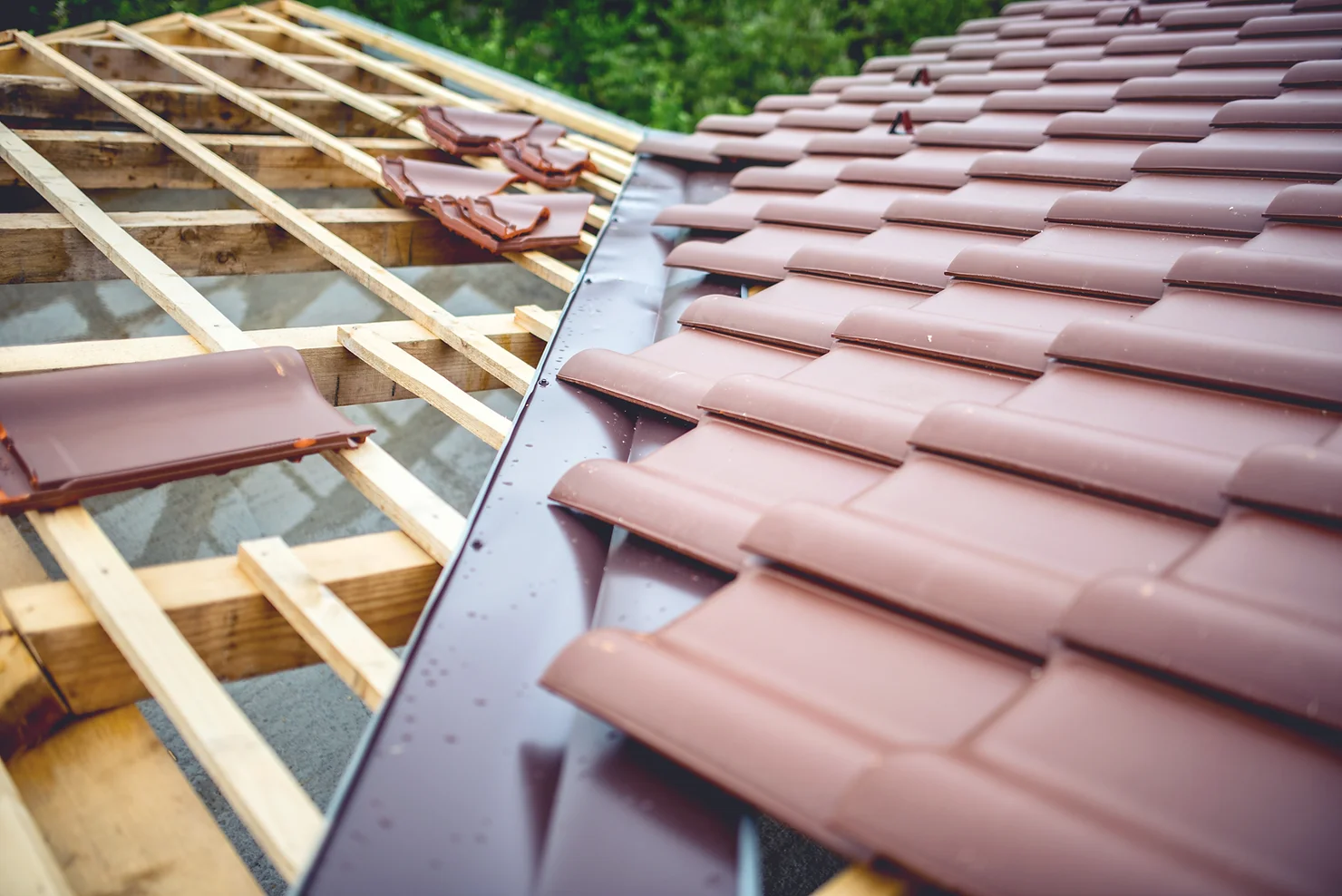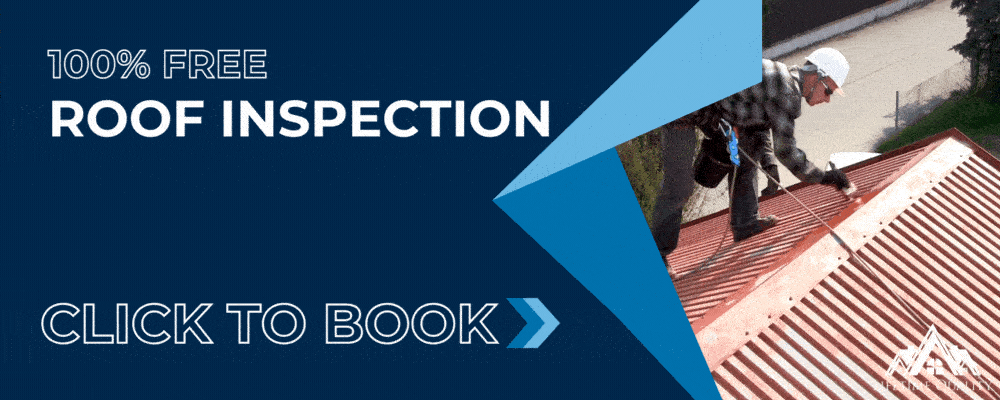
Your Official Guide to Gutter Materials
Learn about the different types of gutter materials available for your home. Choose the best one that suits your needs …

When it comes to designing a roof, there are several important factors to consider. Whether you're constructing a new house or renovating an existing one, the roof plays a critical role in protecting your home from the elements. By carefully considering these four key aspects, you can ensure that your roof not only looks aesthetically appealing but also functions effectively.
The design of your roof is crucial for both the aesthetic appeal and functionality of your home. A well-designed roof can enhance the overall look of your house, adding to its curb appeal and value. Additionally, a properly designed roof will effectively protect your home from rain, snow, wind, and other environmental factors. It is important to understand the key factors to consider when designing a roof to ensure that it meets your specific needs and requirements.
One of the first things to consider when designing a roof is the climate and weather conditions in your area. Different climates require different roofing materials and designs. For instance, in areas with heavy rainfall, a pitched roof with good drainage is essential to prevent water damage. On the other hand, in areas with high winds, a roof with a low profile and strong structural support is necessary to withstand the force of the wind. By understanding the specific weather conditions in your area, you can choose the right roofing materials and design elements to ensure the longevity and effectiveness of your roof.
The architectural style of your home and the overall structure of the building also play a significant role in roof design. The roof should complement the architectural style of the house and blend seamlessly with its design. For example, a modern-style home may require a flat or low-sloping roof, while a traditional-style home may look better with a pitched or gabled roof. It's important to consider how the roof will fit into the overall aesthetic of your home to create a cohesive and visually appealing look.
The choice of roofing materials is another crucial aspect of roof design. There are various options available, each with its own pros and cons. Common roofing materials include asphalt shingles, metal, clay tiles, and wood shakes. Factors to consider when selecting roofing materials include durability, cost, maintenance requirements, and energy efficiency. It's important to choose materials that not only fit your budget but also provide the necessary protection and longevity for your roof.
The slope and drainage of the roof are important considerations to prevent water accumulation and potential damage. A roof with a steep slope allows water to flow off easily, reducing the risk of leaks and water damage. Additionally, proper drainage systems such as gutters and downspouts are essential to direct water away from the foundation of the house. It's important to work with a professional roof designer to determine the optimal roof slope and drainage system based on the specific characteristics of your home and the local climate.
In addition to protecting your home from the elements, a well-designed roof can also contribute to energy efficiency. Proper insulation and ventilation can help regulate the temperature inside your home, reducing the need for excessive heating and cooling. This, in turn, can lower your energy consumption and save you money on utility bills. When designing your roof, consider incorporating energy-efficient materials and techniques to maximize the overall energy efficiency of your home.
Safety is a paramount consideration when designing a roof. It's important to ensure that the roof structure is strong and stable, capable of withstanding various weather conditions and loads. Adequate safety measures should be put in place during the construction process to protect the workers and prevent accidents. Additionally, proper maintenance and regular inspections are necessary to identify any potential safety hazards and address them promptly.
The design of the roof can vary depending on the type of building. Residential homes, commercial buildings, and industrial facilities each have unique requirements and considerations. For residential homes, the roof design should not only provide protection but also enhance the overall aesthetic appeal. Commercial buildings often require flat roofs or roofs with large open spaces for HVAC equipment or solar panels. Industrial facilities may require specialized roofing systems to accommodate heavy machinery or specific operational needs. It's important to work with a professional roof designer who understands the specific requirements of different building types to ensure a successful roof design.

Designing a roof is a complex task that requires expertise and knowledge. Hiring a professional roof designer can make a significant difference in the outcome of your roof design project. A skilled designer will have the necessary experience and understanding of the various factors to consider when designing a roof. They can help you navigate through the decision-making process, select the right materials, and create a design that meets your specific needs and preferences. Investing in a professional roof designer will ultimately save you time, money, and potential headaches down the line.
The world of roof design is constantly evolving, with new trends and innovations emerging regularly. It's important to stay informed about the latest advancements in roof design to make informed decisions for your own project. Some current trends include the use of sustainable and eco-friendly materials, the integration of energy-efficient technologies, and the incorporation of unique and visually striking roof shapes and designs. By keeping up with the latest trends and innovations, you can create a roof design that is not only functional but also reflects your personal style and values.
A well-designed roof is not only about the initial construction but also about its long-term performance and maintenance. Regular maintenance is essential to ensure that your roof remains in good condition and continues to provide the necessary protection. This includes inspecting for any signs of damage or wear, cleaning the roof and gutters, and addressing any issues promptly. Additionally, understanding the expected lifespan of different roofing materials can help you plan for future replacements or repairs. By properly maintaining your roof, you can extend its longevity and avoid costly repairs or replacements.
Cost is an important consideration when designing a roof. The overall cost of your roof design will depend on various factors, including the size of the roof, the choice of materials, the complexity of the design, and the labor involved. It's important to set a realistic budget and work with a professional roof designer who can help you make cost-effective decisions without compromising on quality or functionality. Remember that investing in high-quality materials and craftsmanship will pay off in the long run by ensuring the durability and longevity of your roof.
In conclusion, designing a roof involves considering several important factors to ensure that it meets your needs and requirements. By carefully considering the style, climate, durability, and energy efficiency, you can design a roof that not only enhances the aesthetic appeal of your home but also provides long-lasting protection. Working with a professional roof designer is highly recommended to navigate through the complexities of roof design and make informed decisions. A well-designed roof not only adds value to your home but also contributes to energy efficiency and overall functionality. So, take the time to carefully plan and design your roof to create a beautiful and functional space that you can enjoy for years to come.